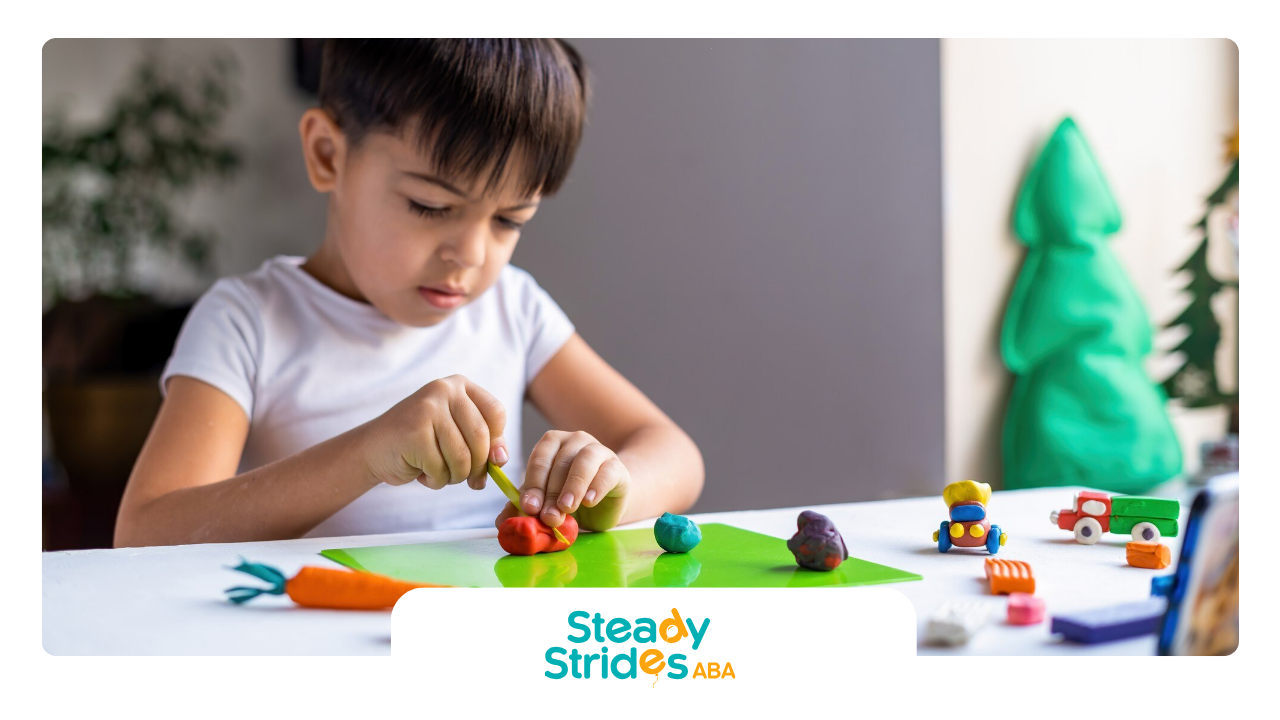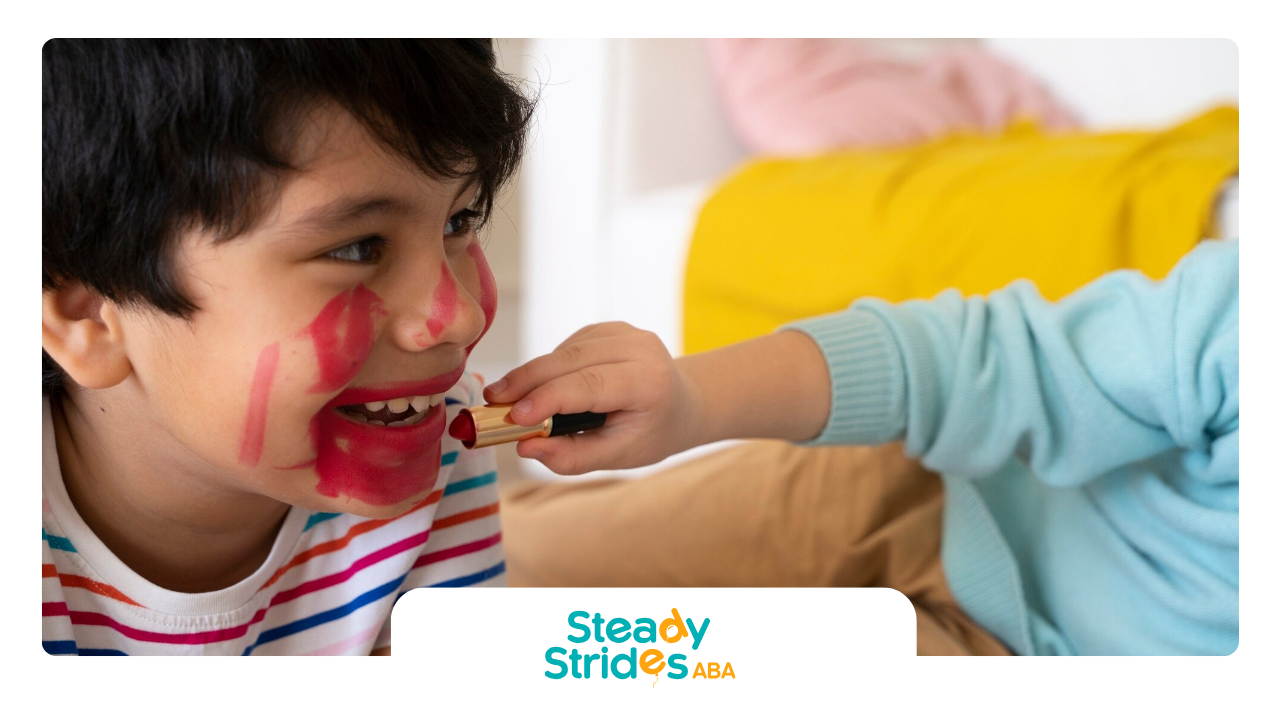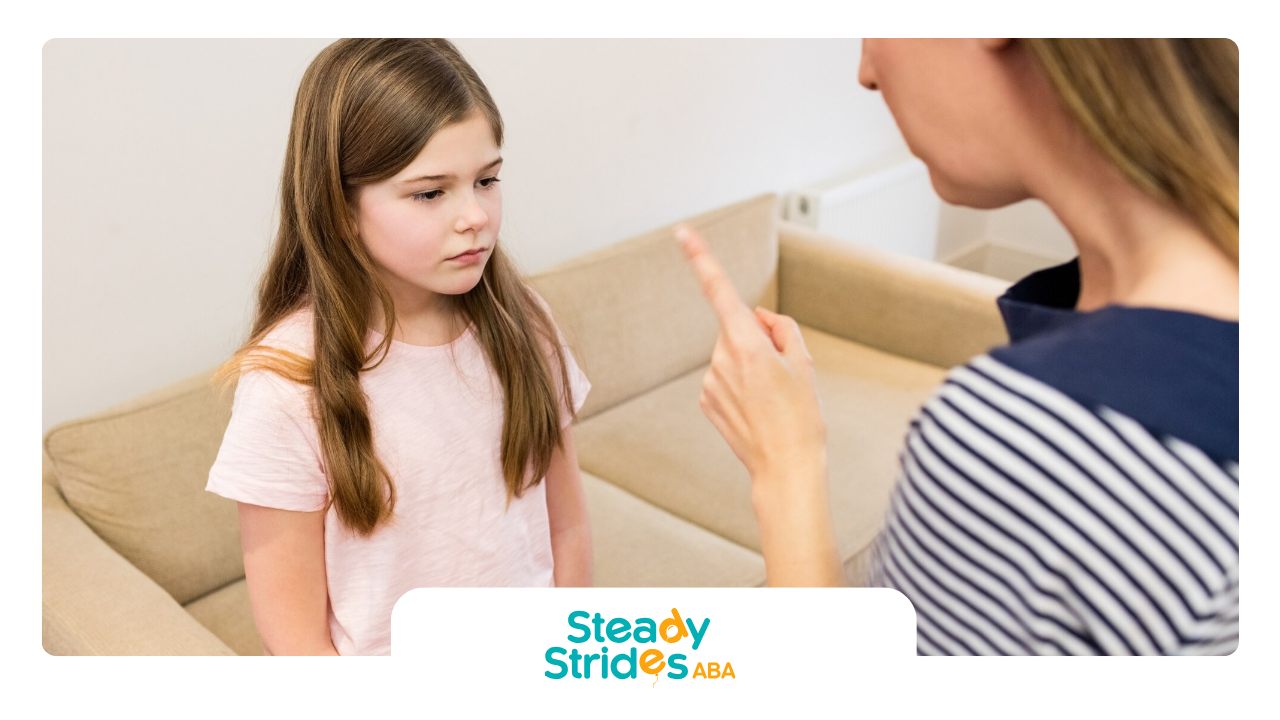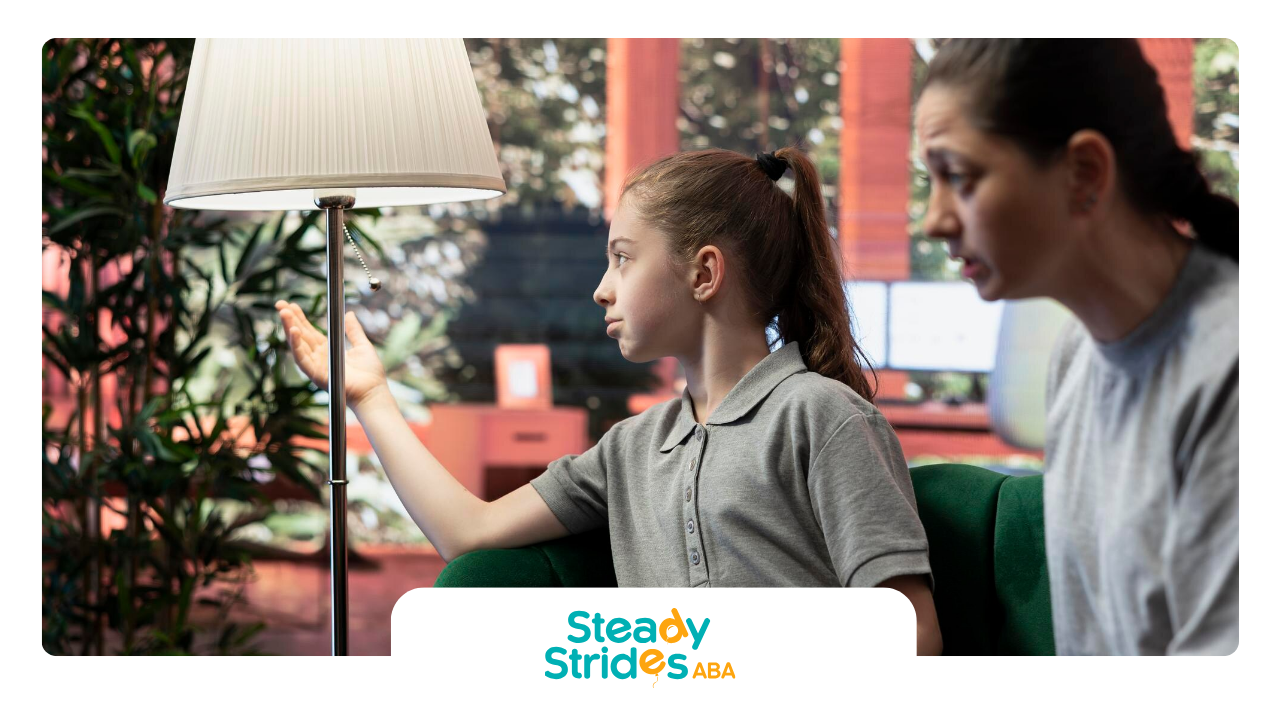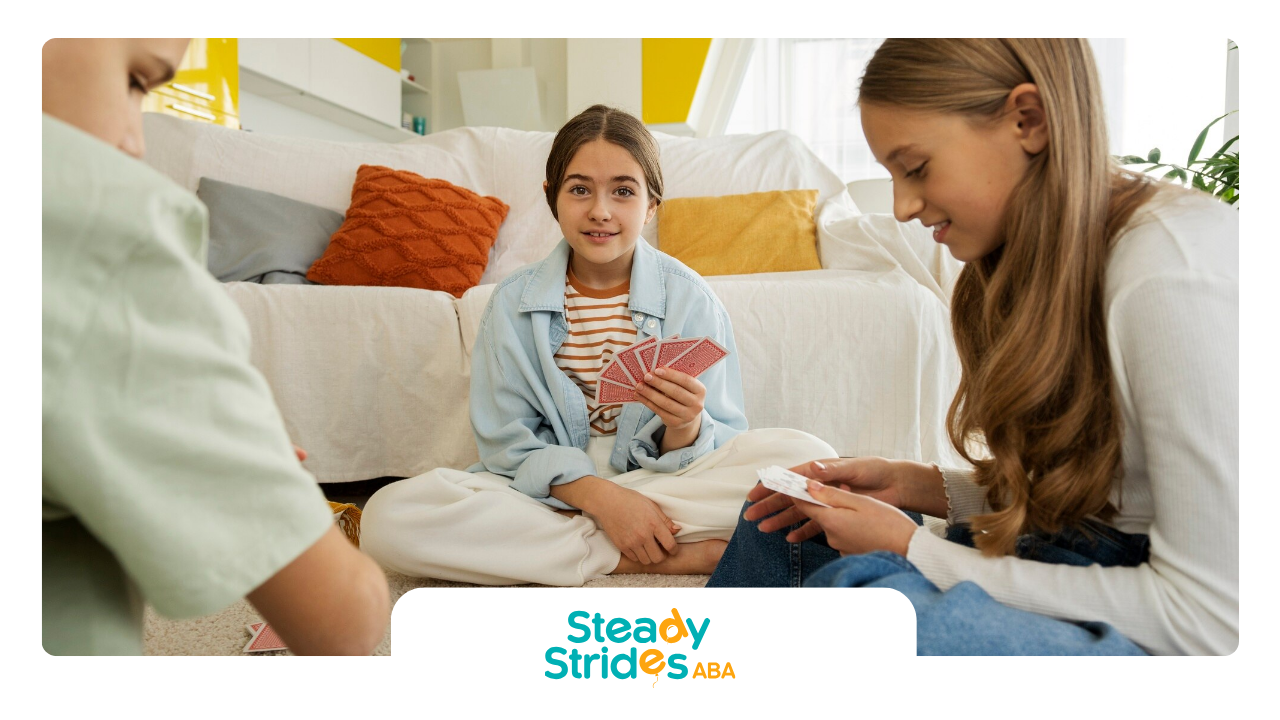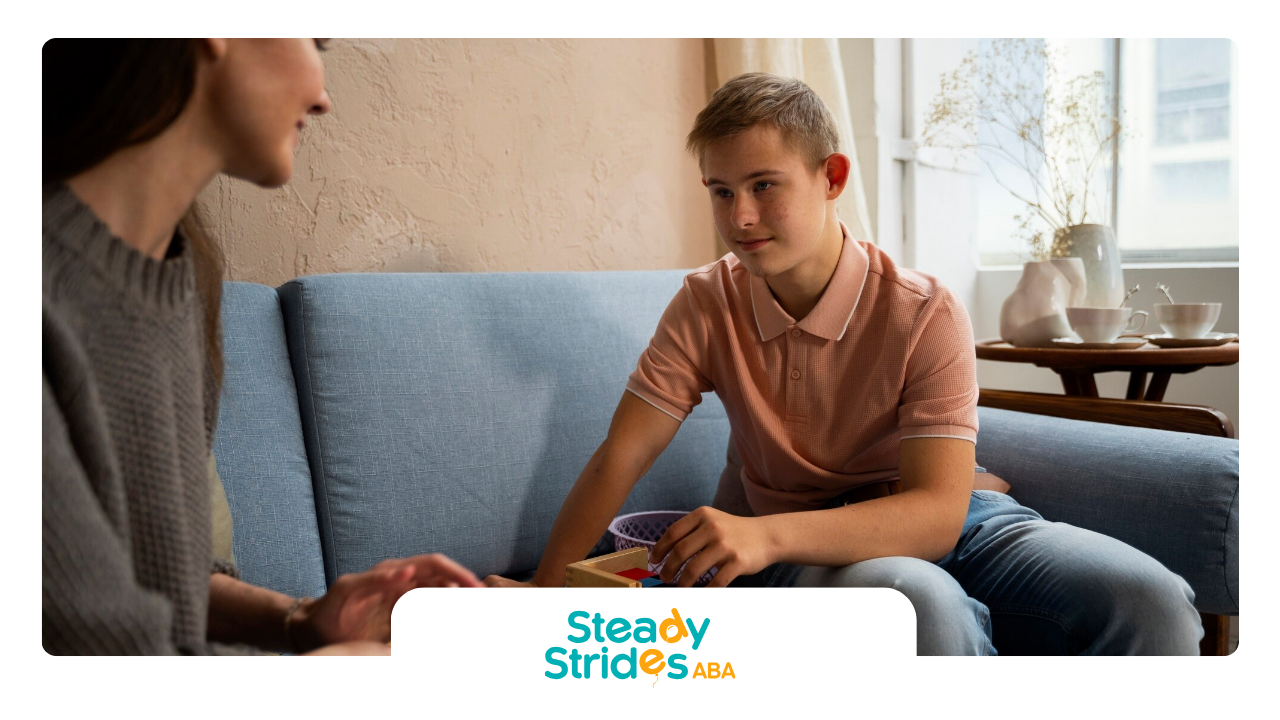Navigating the world of autism therapies can feel overwhelming, especially when you’re eager to find approaches that truly make a difference in your child’s life. Pivotal Response Training (PRT) is one such technique that stands out in the realm of Applied Behavior Analysis (ABA) therapy. Unlike traditional methods that target individual behaviors, PRT hones in on pivotal areas of your child’s development, encouraging broader learning and skill application. This guide will walk you through the core principles, benefits, and practical ways to implement PRT, helping you empower your child’s growth in natural, engaging ways.
Understanding Pivotal Response Training
What is Pivotal Response Training?
Pivotal Response Training (PRT) is a method used in Applied Behavior Analysis (ABA) therapy designed to enhance social communication and learning for children with autism. This approach focuses on pivotal areas of development, which are considered crucial for the overall growth and learning of a child. Rather than addressing isolated behaviors, PRT aims to encourage skills that can lead to broader improvements across various environments and activities.
The key elements of PRT include child choice, natural reinforcement, and promoting motivation. This training is conducted in a naturalistic setting, making use of everyday opportunities to teach skills organically.
Key Principles of Pivotal Response Training
The following table outlines the fundamental principles of Pivotal Response Training and their significance in facilitating skill development for your child.
| Principle | Description |
|---|---|
| Child Choice | Allowing your child to select activities and materials to increase engagement and motivation. |
| Natural Reinforcement | Providing reinforcement that is naturally related to the behavior, enhancing learning. |
| Motivation | Focusing on the child’s interests to promote active participation and learning. |
| Communication Opportunities | Creating chances for your child to communicate in a variety of situations to enhance social skills. |
| Joint Attention | Encouraging shared focus between you and your child to build social interactions and bonding. |
Understanding these principles can empower you to effectively implement PRT strategies with your child, fostering a supportive learning environment that encourages growth and development.
Benefits of Pivotal Response Training
Pivotal Response Training (PRT) offers numerous advantages for children with autism. As a parent, understanding these benefits can help you reinforce this method in your daily routines. The core benefits of PRT include improved communication skills, enhanced social interactions, and the generalization of skills.
Improved Communication Skills
Pivotal Response Training significantly enhances communication abilities in children. By focusing on pivotal areas such as motivation and self-initiation, children learn to use language more effectively. Here are some specific communication improvements you may observe:
- Increased Initiation: Children are more likely to start conversations or ask questions.
- Enhanced Vocabulary: A noticeable growth in the number of words used by the child.
- Improved Sentence Structure: Children begin to use longer and more complex sentences.
Enhanced Social Interactions
Another key benefit of Pivotal Response Training is the promotion of social skills. Through engaging activities and interactions, your child can learn essential social cues and enhance their relationships with peers and family members. These are the common outcomes:
- Better Eye Contact: Increased ability to maintain eye contact during conversations.
- More Effective Turn-Taking: Improvement in understanding the give-and-take of social exchanges.
- Enhanced Peer Engagement: Greater willingness to interact and play with other children.
Generalization of Skills
Pivotal Response Training also emphasizes the ability to generalize learned skills across different environments and situations. This means your child can use their abilities in various contexts, not just during therapy sessions. Key aspects include:
- Transferring Skills: The application of learned skills in new settings, such as home or school.
- Consistency in Behavior: A more uniform display of skills regardless of the environment.
- Increased Independence: Greater self-sufficiency in communicating and socializing without prompts.
By focusing on these pivotal areas, you can help your child develop crucial communication and social skills that extend beyond therapy, promoting a more fulfilling life.
Implementing Pivotal Response Training at Home
Successful implementation of pivotal response training can significantly enhance your child's communication skills and social interactions. Here are practical strategies to incorporate this training effectively at home.
Creating a Structured Environment
A structured environment helps your child feel secure and focused. Consider the following elements when setting up your space:
| Element | Description |
|---|---|
| Designated Areas | Create specific areas for different activities (play, learning, etc.). |
| Consistent Routine | Establish regular schedules for activities, meals, and downtime. |
| Visual Supports | Use visual schedules or charts to outline daily activities. |
By organizing your home with clear spaces and routines, you facilitate better engagement in pivotal response training activities.
Setting Clear Expectations
Clear expectations allow your child to understand specific behaviors and responses. Establish these:
| Strategy | Description |
|---|---|
| Rule Setting | Outline simple rules for behaviors (e.g., "Use words to ask for help"). |
| Modeling Behavior | Demonstrate desired actions before expecting your child to replicate them. |
| Visual Reminders | Use visual cues or prompts to remind your child of expectations. |
When your child knows what is expected, they can more easily engage in learning activities and respond appropriately.
Using Motivational Strategies
Motivation is key in pivotal response training. By incorporating motivational strategies, you can encourage your child to participate actively:
| Strategy | Description |
|---|---|
| Choice of Activities | Give your child options between different activities to foster engagement. |
| Reinforcement Systems | Use a rewards system for positive behaviors (stickers, extra playtime). |
| Interest-based Activities | Incorporate your child's interests into training sessions to sustain attention. |
Utilizing these motivational approaches will help create a positive atmosphere for learning and skill development.
Working with ABA Therapists
Engaging with ABA therapists is an essential component of effectively implementing pivotal response training. This section will discuss the importance of collaborating with therapists and methods for monitoring progress while making necessary adjustments.
Collaboration with Therapists
Building a strong partnership with your child's ABA therapist is critical for successful outcomes. Effective communication facilitates the sharing of ideas, preferences, and strategies, ensuring that both you and the therapist are aligned in your approach.
Key aspects of collaboration include:
- Open Communication: Maintain a two-way dialogue with the therapist about your child's progress and concerns. Regular updates can enhance understanding and strategy alignment.
- Shared Goals: Establish common objectives with the therapist. These should focus on your child's individual needs and target areas for pivotal response training.
- Involvement: Actively participate in sessions when possible. Observing what works in therapy sessions allows you to replicate successful techniques at home.
Monitoring Progress and Making Adjustments
Tracking your child's development during pivotal response training is essential for determining the effectiveness of strategies used in therapy. Regular assessments provide important insights and help identify necessary adjustments to the training plan.
Consider the following methods when monitoring progress:
- Data Collection: Gather data on specific skills or behaviors you intend to change. This can include recording frequency, duration, and context of target behaviors.
- Regular Reviews: Schedule periodic meetings with the therapist to review progress data. Analyzing this information allows for collaborative decision-making about adjustments needed.
- Flexible Approach: Be prepared to adapt strategies based on your child's response. If specific techniques are not yielding results, discuss alternative approaches with the therapist.
By fostering collaboration and consistently monitoring progress, you can enhance the effectiveness of pivotal response training. Working closely with ABA therapists ensures that your child's needs are continuously addressed and supported.
Examples of Pivotal Response Training Techniques
Pivotal Response Training (PRT) consists of several effective techniques designed to enhance learning outcomes for children with autism. Here are three key techniques you can implement:
Naturalistic Teaching
Naturalistic teaching focuses on promoting learning in real-life situations and environments. This approach allows your child to engage with their surroundings while acquiring new skills. By integrating teaching moments into daily activities, you make learning more relevant and enjoyable.
Key elements of naturalistic teaching:
- Contextual Learning: Use everyday situations to teach skills.
- Child-Led Activities: Allow your child to choose activities that interest them.
- Use of Natural Reinforcers: Reinforce positive behaviors with naturally occurring rewards.
Reinforcement Strategies
Reinforcement strategies are crucial in PRT. By rewarding your child's positive behaviors and achievements, you increase the likelihood of those behaviors being repeated. It's important to choose reinforcers that are meaningful to your child.
Types of reinforcement:
- Positive Reinforcement: Reward desired behaviors to encourage repetition.
- Negative Reinforcement: Remove an aversive stimulus to increase a desired behavior.
- Intrinsic Reinforcement: Encourage self-satisfaction and personal achievement.
Prompting and Prompt Fading
Prompting involves providing assistance or cues to help your child learn new skills. Once they start to grasp the concept, you gradually remove these prompts, a process known as prompt fading. This helps promote independence in skill acquisition.
Types of prompts:
- Verbal Prompts: Use verbal cues or instructions to guide responses.
- Gestural Prompts: Use physical gestures to indicate the desired action.
- Physical Prompts: Provide physical assistance to complete a task.
By utilizing these pivotal response training techniques, you can effectively support your child's learning and development. Each technique fosters engagement, promotes skill acquisition, and nurtures independence in various contexts.
Conclusion
Understanding and implementing Pivotal Response Training can make a world of difference in your child’s development, fostering communication, social skills, and independence in a natural and engaging manner. But remember, you don’t have to navigate this journey alone.
you’re seeking guidance or hands-on support, Steady Strides ABA offers both home-based and center-based ABA therapy services tailored to your child’s unique needs. Our compassionate team is here to support you every step of the way, making learning a positive and impactful experience for your child. Reach out to us today and let’s work together to help your child take steady strides towards a brighter future.
FAQs
What is Pivotal Response Training in ABA therapy?
Pivotal Response Training (PRT) is a naturalistic, play-based method used in ABA therapy to enhance communication, social skills, and learning by focusing on key areas of development.
How does Pivotal Response Training benefit children with autism?
PRT improves communication skills, promotes social interactions, and helps children generalize skills across different settings, enhancing their overall development and independence.
Can parents implement Pivotal Response Training at home?
Yes, parents can use PRT strategies at home by creating structured environments, setting clear expectations, and incorporating motivational activities that align with their child’s interests.




